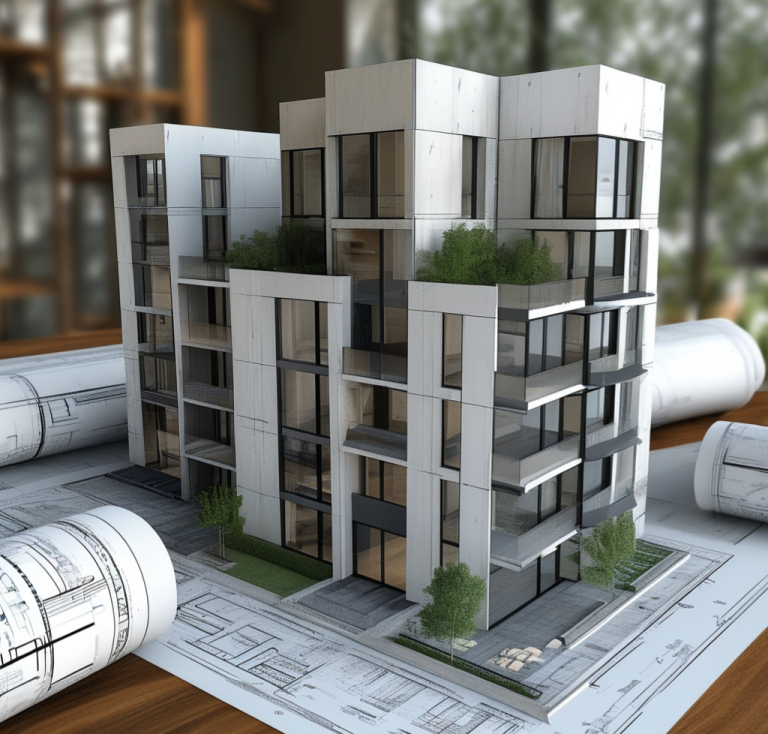Introduction
But how exactly does BIM reshape the architecture landscape, and why is it crucial for architects to adopt it now? More importantly, how can partnering with a trusted BIM solutions provider accelerate this transition and help architects achieve measurable success?

The Competitive Edge: Why Architects Need BIM Now
1. Stay Competitive and Meet Industry Standards
2. Solve Common Architectural Pain Points with BIM
- Centralizing design information in a single location accessible to all stakeholders.
- Eliminating version control issues by synchronizing models and documents in real time.
- Reducing clashes and rework by enabling better coordination across teams.
BIM for Architects: Tangible Benefits
- Reduced Project Risks: BIM minimizes design errors and clashes, leading to fewer changes during construction.
- Enhanced Collaboration: With BIM, teams can collaborate in real time, ensuring everyone is on the same page throughout the project.
- Faster Project Delivery: By streamlining workflows and improving design accuracy, BIM helps you complete projects faster, allowing you to take on more work and increase profitability.
- Better Design Quality: BIM empowers architects to explore innovative designs and optimize building performance, resulting in higher-quality, sustainable structures.

Maximizing ROI with BIM
- Increased profitability through faster project completion.
- Reduced operational costs by minimizing rework and errors.
- Improved client satisfaction through better design outcomes and clearer communication.
Real Results from BIM Adoption
Transitioning to BIM can seem daunting, especially for firms already managing ongoing projects. However, with the right partner, the shift can be seamless and deliver immediate, measurable benefits.
Studies show that implementing BIM has a significant impact on reducing project errors and improving efficiency. One of the primary benefits is the ability to detect and resolve design clashes before construction begins. According to industry data, BIM can reduce errors and design conflicts by up to 30% through enhanced coordination between project teams(MDPI)(Construction Executive). This prevents costly delays and rework during the construction phase, saving both time and money.
In terms of financial benefits, BIM not only optimizes project planning but also reduces material waste and overall costs. Research indicates that BIM can contribute to a 15-20% reduction in project costs due to better design accuracy and streamlined workflows(MDPI)(TÜV SÜD)(Avant Leap). These results demonstrate how integrating BIM tools into your practice can deliver tangible improvements in project efficiency, cost savings, and client satisfaction.
Choosing the Right BIM Partner: DBA BIM
BIM providers work closely with architects to:
- Assess your current processes and identify areas where BIM can make the biggest impact.
- Implement the best tools and platforms tailored to your specific needs.
- Provide ongoing support and training to ensure your team gets the most out of BIM.
Conclusion: Take Your Architecture Practice to the Next Level
Get ahead of the competition—integrate BIM!




